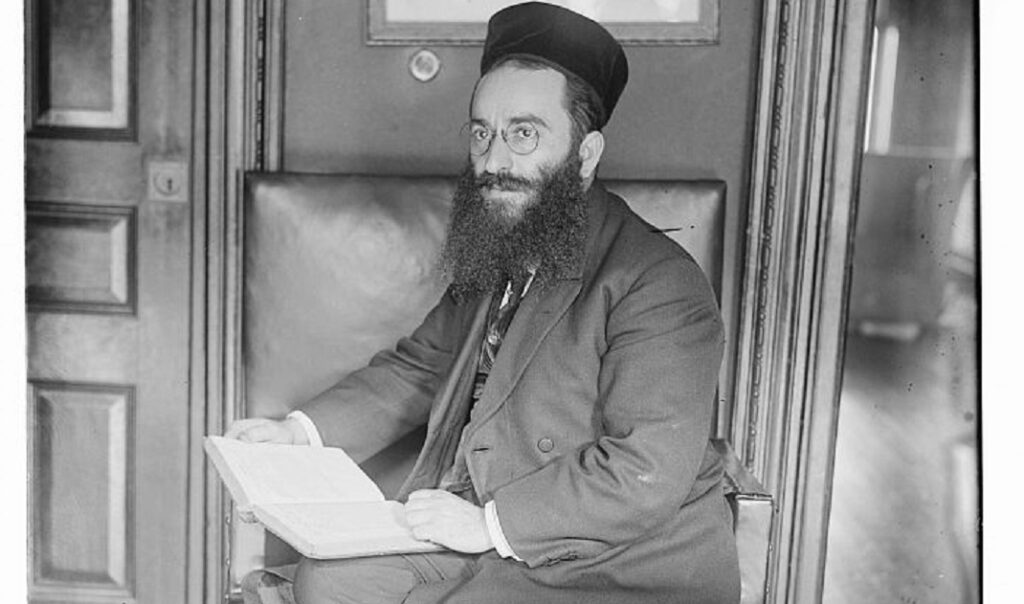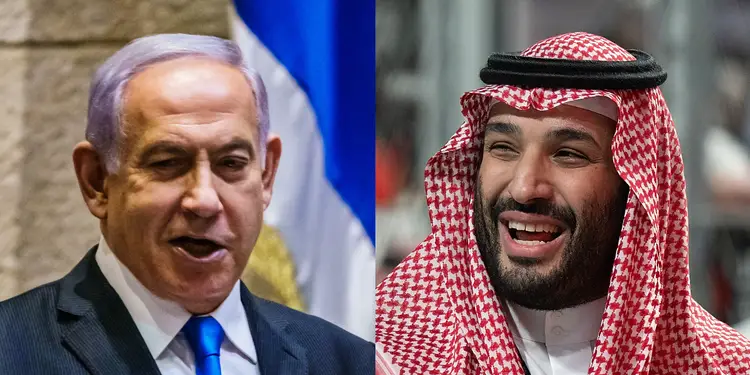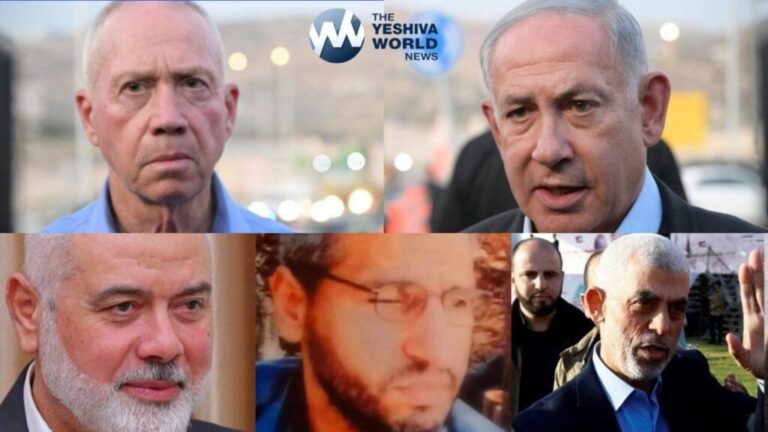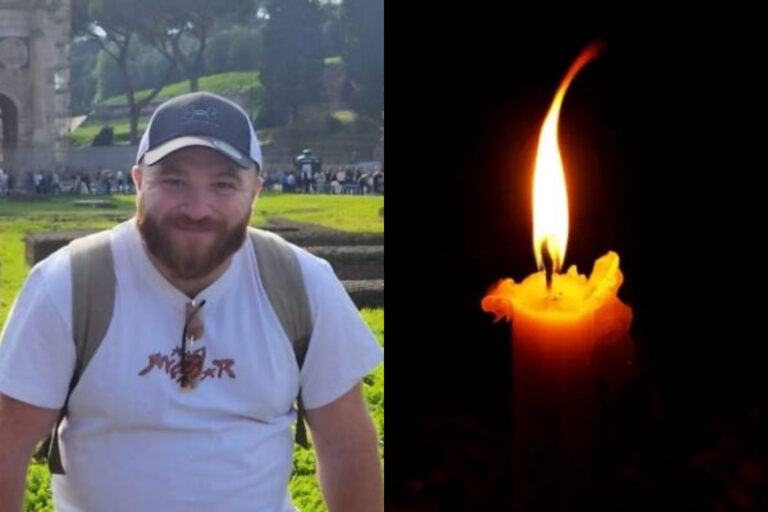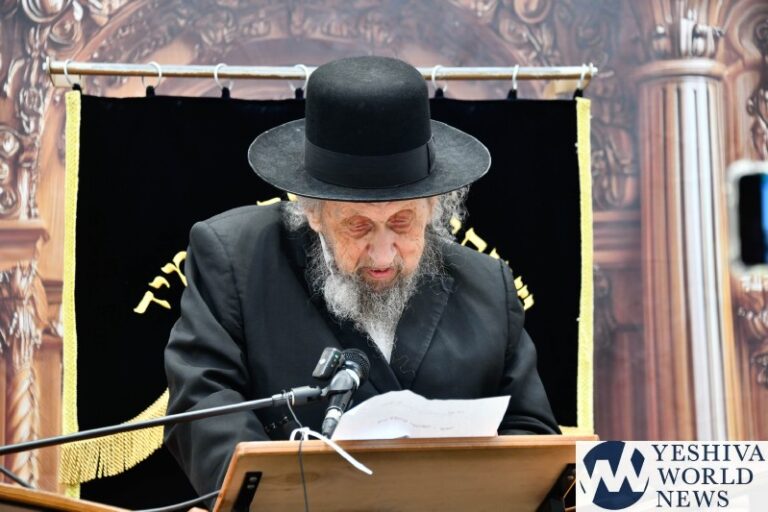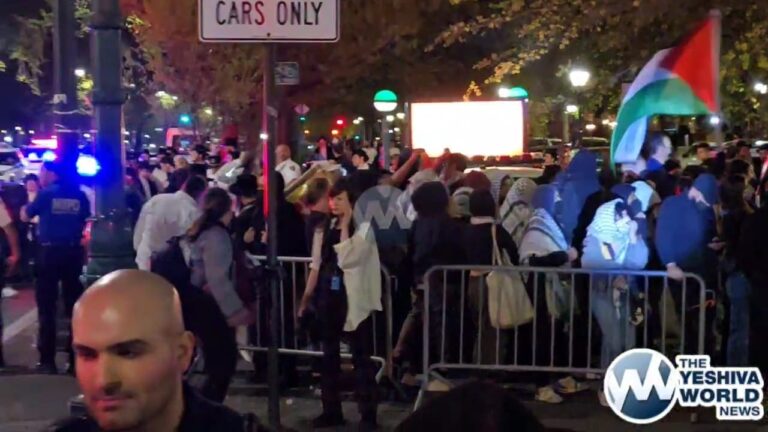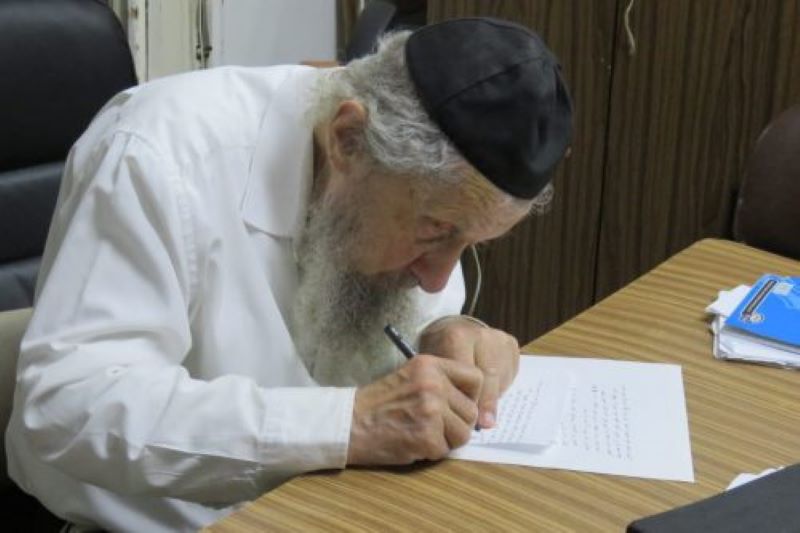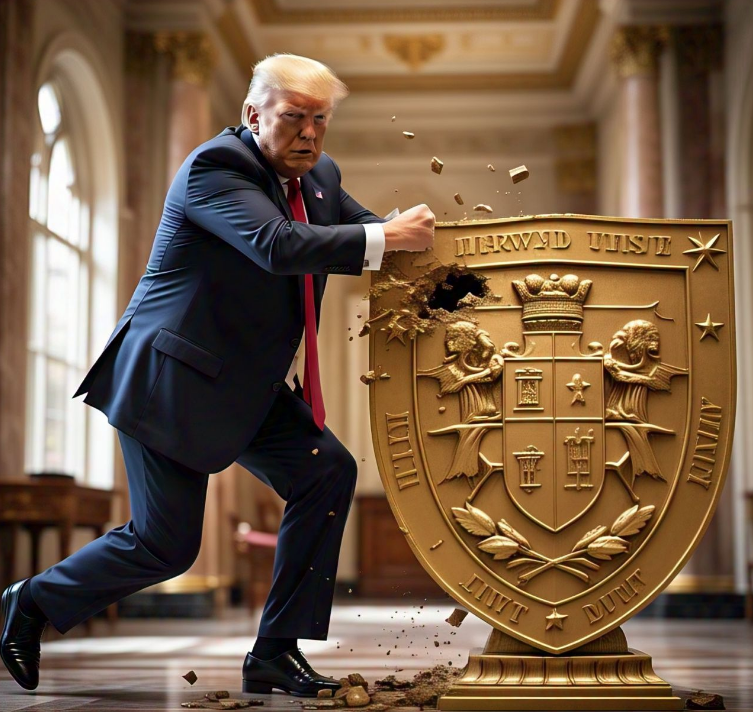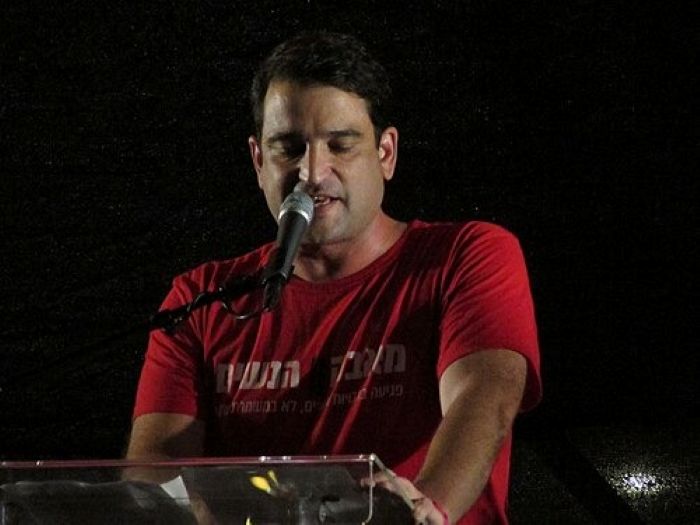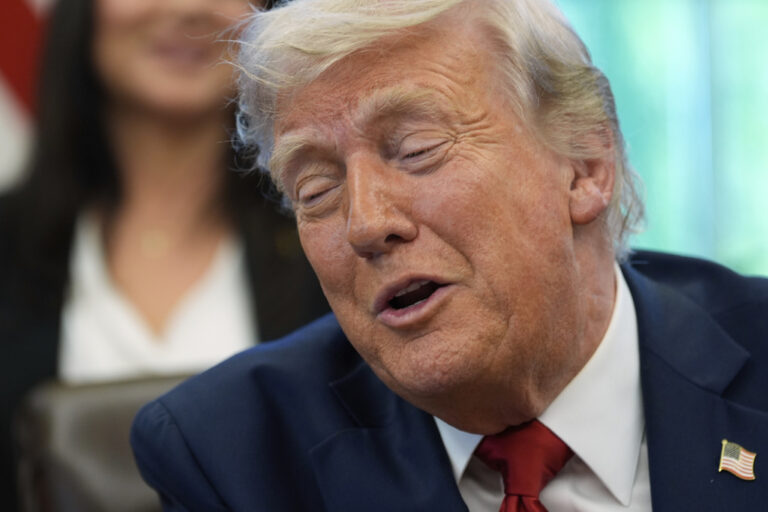By Rabbi Yair Hoffman
It is always important to broaden our understanding of the Avodah of the Beis HaMikdash, may it soon be rebuilt. This broadening of our understanding will also help us understand the nature of our prayers as well. It may even be a fulfillment of the Mitzvah of “Hoping for the Ge’ulah,” So let’s take a second look at Shabbos Mussaf.
THE DINOVER
The Dinover Rebbe, Rav Tzvi Elimelech Spira zatzal (1783-1841), is more famously known as”the Bnei Yisaschar” for his popular sefer on Chumash. This article refers to another sefer that he wrote on Meseches Brachos called the, “Maggid Taaluma.” It is a remarkable sefer filled with wonderful insights.
A DIFFERENT TITLE
Rav Spira notes that the Mishna in Brachos 26a mentions Tefilas HaShachar, Tefilas HaErev, Tefilas Mincha, but refers to Mussaf differently. The Mishna refers to Mussaf with the language of “VeShel Mussafin.” It has a different title in the Mishna!
“Why might this be?” asks the Dinover.
INHERENTLY DIFFERENT
He answers that it must be a proof to the words of the Rif that we do not add Mussaf as a Tefilas Nedavah a voluntary extra Tefillah like we do for the other three. The Talmid (ei?) Rabbeinu Yonah, provides an explanation. He writes that Mussaf is inherently different than the other three types of prayers.
The other three are Tefilos and beseechments, where we beg of Hashem to grant us something. Mussaf stands apart. Mussaf exists actually as a replacement, a substitute for the bringing of the Mussaf Korbanos of Shabbos.
OTHERS WHO AGREE
This also is the view of the Daas Zekainim MiBaalei HaTosfos on BaMidbar 25. He writes that it replaces the Korban Mussaf. Rashi on Avodah Zarah 4b writes that the other Mussaf prayers (for Rosh Chodesh and Yom Tov) are praises and a retelling of things. The clear indication of Rashi is that the Shabbos Mussaf is something else entirely.
ANOTHER QUESTION AND ANOTHER INSIGHT
The Dinover then poses a question to which he provides an answer. The Mussaf prayers do have requests! We say, “May it be Your Will that you bring us back to our country in joy, etc..!”
The Dinover answers that the Talmid Rabbeinu Yonah must be teaching us that if we accidentally left this part out – we have still fulfilled our obligation of the Mussaf prayer and that this “request” is merely a statement that when the Beis HaMikdash is rebuilt we will offer the Korbanos.
LET’S GET TO KNOW WHAT IT IS
So now that we have established that the Mussaf prayer is inherently different, let’s look at what it is substituting for: The Korban Mussaf of Shabbos is different than the other Korban Mussafs.
- It is comprised of only two sheep that are brought as a completely burnt offering – a Korban Olah. Other Musafs are comprised of many Korbanos from three species – from cows, from rams, and from sheep.
- Every other Musaf includes a Korban Chatas of a goat along with it. On Shabbos there is no Korban Chatas.
- There are two Korban Tamids that are brought on Shabbos and there a re two pans of incense of the Lechem HaPanim – but nothing else that is brought on the Mishkan. Every other day the Mishkan is, non-stop busy.
WHO PAID FOR THE KORBAN MUSSAFS?
The money for the purchasing of the Korban Mussafs came from the Shkalim that Klal Yisroel gave. This fact may have repercussions now in our days. How so? Women were exempt from paying the Shkalim. True, if they wished to offer Shkalim, it was accepted from them (see the Mishna in Shkalim 1:5), but they were not obligated to do so.
WOMEN AND THE PRAYER OF MUSSAF
Because of this fact, some of our great Rabbis have put forth their opinion that Mussaf on Shabbos for women is voluntary but not necessarily obligatory! This, in fact, was the view of Rabbi Akiva Eiger (1761-1837) in his Responsum (#9). He argued that since they were exempt from paying the Shkalim, they were exempted from the obligation of Mussaf.
Others have argued that Mussaf is indeed obligatory for women, as they did receive atonement from the public offerings! They write that since after the destruction of the Beis HaMikdash the Anshei Knesses HaGedolah enacted the Tefilos – they were all-inclusive and did not distinguish between one Tefilah from the other.
THE ACT OF THE ANSHEI KNESSES HAGEDOLAH EXPLAINED BY THE ABUDRAHAM
To best appreciate that decisive act and moment of the Anshei Knesses HaGedolah it pays to carefully look at the words of the Abudraham (1340-ish) in his introduction. He lists no less than 9 repercussions of our sins and what the Anshei Knesses HaGedolah did:
“And now, because of our sins:
- the Holy Beis HaMikdah was destroyed,
- and our splendor was taken away,
- and we were exiled from our land,
- and our sacrificial offerings were nullified,
- and we are no longer able to offer our burnt offerings according to His commandments – the daily offerings in their proper order and the additional offerings according to their laws.
- And there is no sin offering,
- and no guilt offering,
- and no burnt offering,
- and there is no service to atone for the congregation of the exile,
..Until each one of the Men of the Great Assembly [did seven things]
- [they] searched and interpreted,
- [they] found in the Book of the Law of Hashem explicitly, ‘And you shall serve Hashem your G-d’ (Shmos 23:25),
- and furthermore, [they found] ‘to serve Him with all your heart’ (Dvarim 11:13), and [reflecting their understanding of this second pasuk] it is said (Taanis 2:1) ‘What is the service of the heart? This is prayer.’
- [and they enacted] With love and compassion, to make us acceptable in our land, that we may fulfill (based on the Pasuk in Hoshea 14:3) ‘and let us offer in place of cows – the offering of our lips.’
- Every day [they enacted] three arranged prayers – two corresponding to the two daily offerings that are remembered, and one corresponding to the limbs and parts (of the sacrifices), in a language that is worthy of the most eloquent of speakers.
- And on Shabbosim and Rosh Chodesh and Yomim Tovim, they added a fourth prayer corresponding to the additional offerings that were sacrificed.
- And they further added a fifth prayer on the Day of Atonement, in order to add supplication and petition because of the fast of repentance. And they further established other blessings to be recited each and every day, and to proclaim, morning and evening, to the awesome and mighty Hashem.”
THE ACT OF THE ANSHEI KNESSES HAGEDOLAH AS EXPLAINED BY THE RAMBAM
The Rambam (1138-1204) in his Mishna Torah (Hilchos Tefillah 1:4) adds further insight [with these seven thoughts]:
- When Klal Yisroel was exiled in the time of the wicked Nebuchadnezzar, they became interspersed in Persia and Greece and other nations. Children were born to them in these foreign countries and those children’s language was confused.
- The speech of each and every one was a hodgepodge of many languages. No one was able to express himself coherently in any one language, but rather in a mixture [of languages], as Nechemiah (13:24) states: “And their children spoke half in Ashdodis and did not know how to speak the Hebrew language. Rather, they would speak according to the language of various other peoples.”
- Because of this, when someone would daven, he would be limited in his ability to request his needs or to praise Hashem in Hebrew, unless other languages were mixed in with it.
- When Ezra and his court saw this, they established eighteen brachos in order – the Shmoneh Esreh.
- The first three [brachos] are praises of Hashem and the last three are thanking Him. The middle brachos contain requests for all those things that serve as general categories for the desires of each and every person and the needs of the whole community.
- Thus, the prayers could be set in the mouths of everyone. They could learn them quickly and the prayers of those unable to express themselves would be as complete as the prayers of the most eloquent.
- It was because of this matter that they established all the blessings and prayers so that they would be ordered in the mouths of all of Klal Yisroel, so that each blessing would be set in the mouth of each person who was unable to express himself.
BACK TO SHABBOS MUSSAF
So getting back to our original point, the Anshei Knesses HaGedolah went above and beyond what they did for the other Tefillos. They enacted that Shabbos Mussaf would, for the time being in our Galus, actually be a substitute for the Korbanos of Shabbos. With all this we can greater appreciate two things: the Musaf prayer of Shabbos andwhat the Anshei Knesses HaGedolah did for us.
The author can be reached at [email protected]
If you would like to subscribe to a weekly Parsha sheet on Emes and integrity send the word “Subscribe” to the email above.

